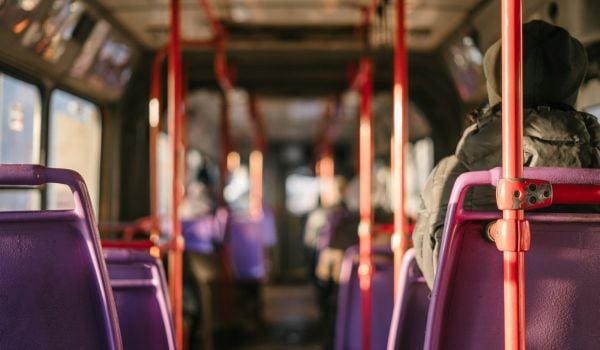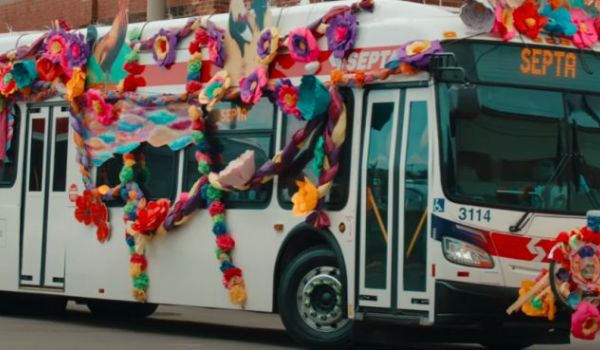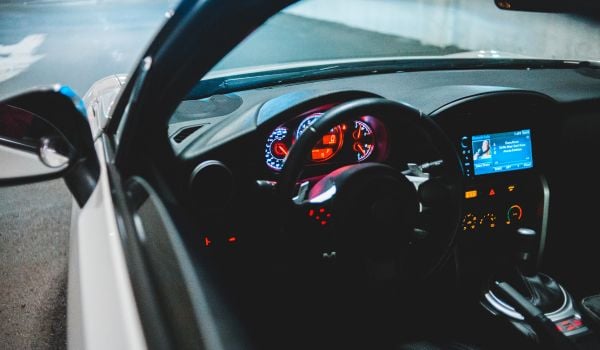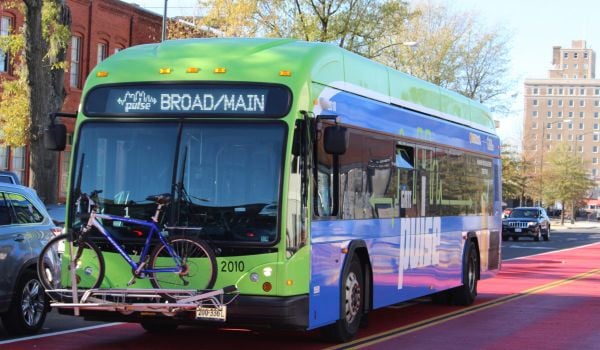Our weekly “New Starts” roundup of new and newsworthy transportation projects worldwide.
Northern Virginia Turning to Transit to Speed Up Route 7 Travel
The Northern Virginia Transportation Commission sees huge growth ahead for Tysons Corner, the huge edge city just beyond the Capital Beltway around Washington, D.C. The commission recently stated in a video that “the Tysons business district, which is booming today, is expected to transform into a city the size of present-day Seattle or Houston by 2040.”
Leaving aside for now the fact that the city of Houston has about 3.5 times as many residents as Seattle, and twice as many in its metropolitan region, no matter what target the NVTC picks, we’re talking large numbers of people. And a lot of them will find themselves stewing in already-clogged traffic on Virginia Route 7 (which runs northwest from Alexandria to Tysons and beyond) if something isn’t done.
The something the NVTC wants to do is add high-capacity transit — the subject of the video where that prediction was made — to Route 7. Public radio station WAMU reports that the NVTC is examining both bus rapid transit and light rail as options for the corridor and has been holding public meetings to “crowdsource” ideas about what the service might look like. The third public meeting in the series is set to take place on November 18th in Falls Church.
The NVTC video also states that a high-capacity transit line would cut in half the time it takes to travel the length of the Route 7 corridor.
NVTC Executive Director Kelley Coyner told WAMU that the commission is still examining issues of cost, ridership, time savings and reliability as it figures out what the optimal transit solution for Route 7 should be.
Autonomous Buses to Hit Streets in Switzerland
While driverless cars are still being tested largely in off-road settings, a Swiss firm will put driverless buses into service in the real world next spring, according to a news story in London’s Daily Mail.
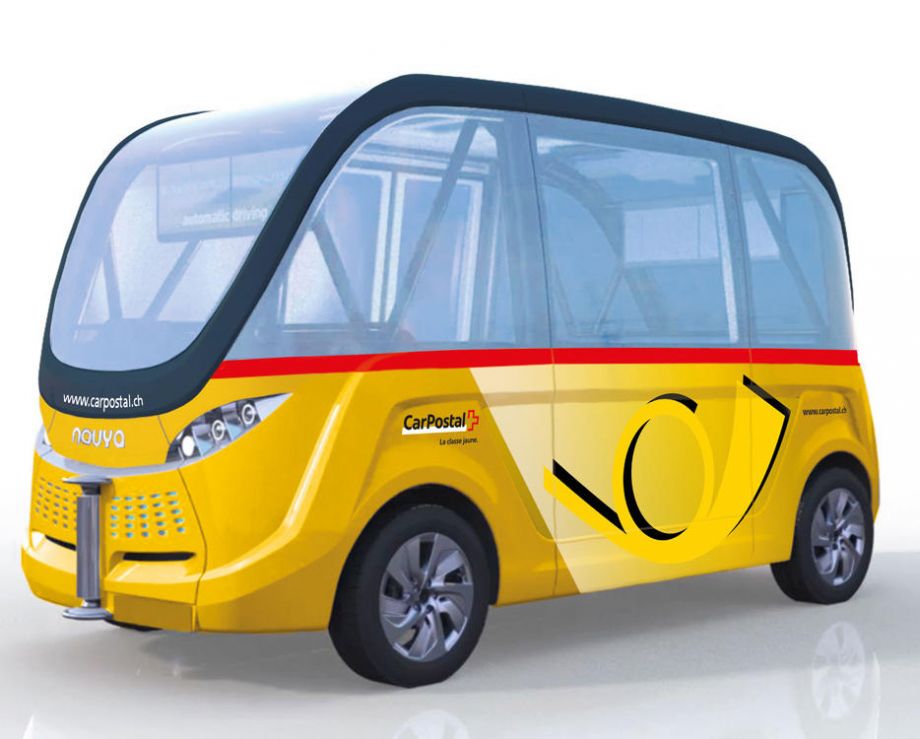
(Credit: PostBus)
Two nine-passenger autonomous buses will be put into service in the tourist area of Sion by Swiss public transit operator PostBus. Designed and built by BestMile, a firm established in 2014 by two graduates of the Swiss Federal Institute of Technology in Lausanne, the buses feature large windows that will allow passengers to take in the view.
The electric-powered buses will have a top speed of 12 mph, which means they should play well with others in the heart of Sion. The report states that the buses can navigate the local roads accurately and recognize obstacles and highway signs. The buses will be controlled remotely by humans located at a central control center.
Hybrid Streetcar in Dallas Is a U.S. First
As cities around the world are implementing various ways to supply power to streetcars without overhead wires, it was only a matter of time before a U.S. city adopted a wireless streetcar technology.
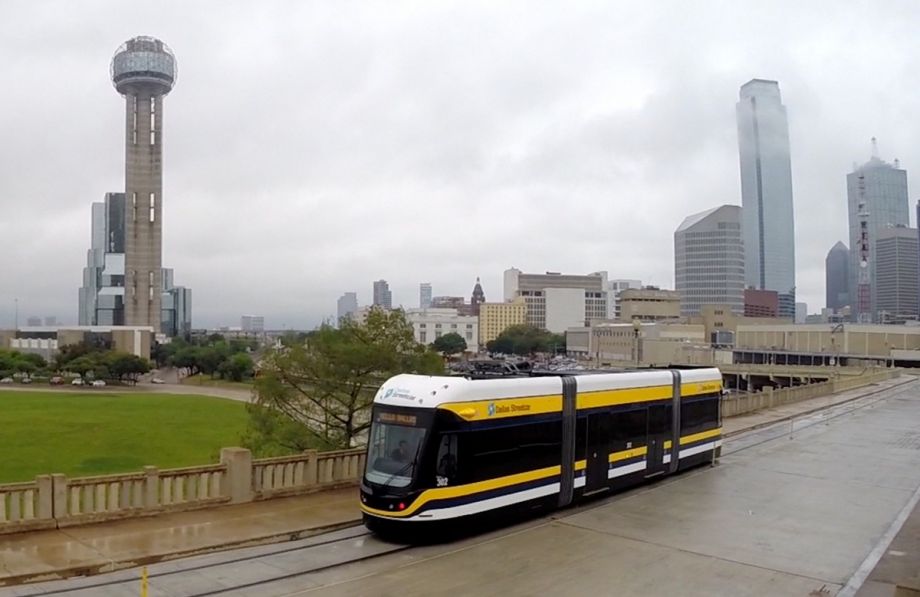
Dallas Area Rapid Transit’s Oak Cliff modern streetcar (Credit: DART)
The first U.S. city to go (almost) wireless is Dallas, and KERA News recently reported on how Dallas Area Rapid Transit’s Oak Cliff modern streetcar line operates off-wire for most of its 1.6-mile length.
The line begins at Union Station downtown and immediately climbs onto a mile-long historic viaduct on which visible wires are forbidden. Batteries supply power to the streetcar while it travels over the Houston Viaduct. The batteries charge while the vehicle sits idle at Union Station, where a pantograph atop the car connects to an overhead wire at the platform. When the car is ready to depart, the operator lowers the pantograph and takes off under battery power.
The hybrid streetcar, which began service in April, was designed and built by Brookville Equipment Company in Pennsylvania. The service is free to ride.
According to the report, the hybrid technology could be useful in cities such as Washington, where local ordinances ban overhead power wires in much of the city’s historic core.
Know of a project that should be featured in this column? Send a Tweet with links to @MarketStEl using the hashtag #newstarts.
The Works is made possible with the support of the Surdna Foundation.

Next City contributor Sandy Smith is the home and real estate editor at Philadelphia magazine. Over the years, his work has appeared in Hidden City Philadelphia, the Philadelphia Inquirer and other local and regional publications. His interest in cities stretches back to his youth in Kansas City, and his career in journalism and media relations extends back that far as well.
Follow Sandy .(JavaScript must be enabled to view this email address)






